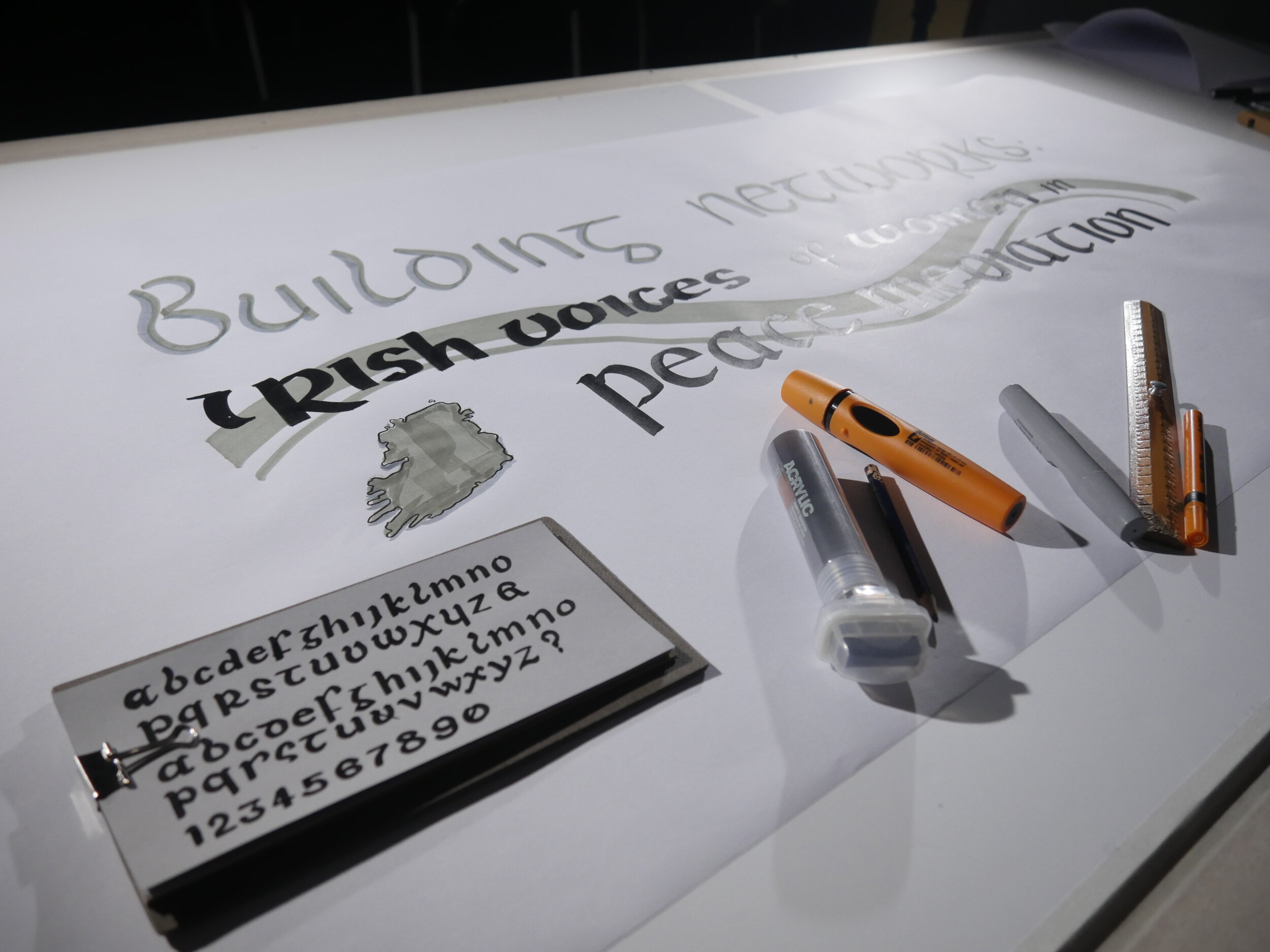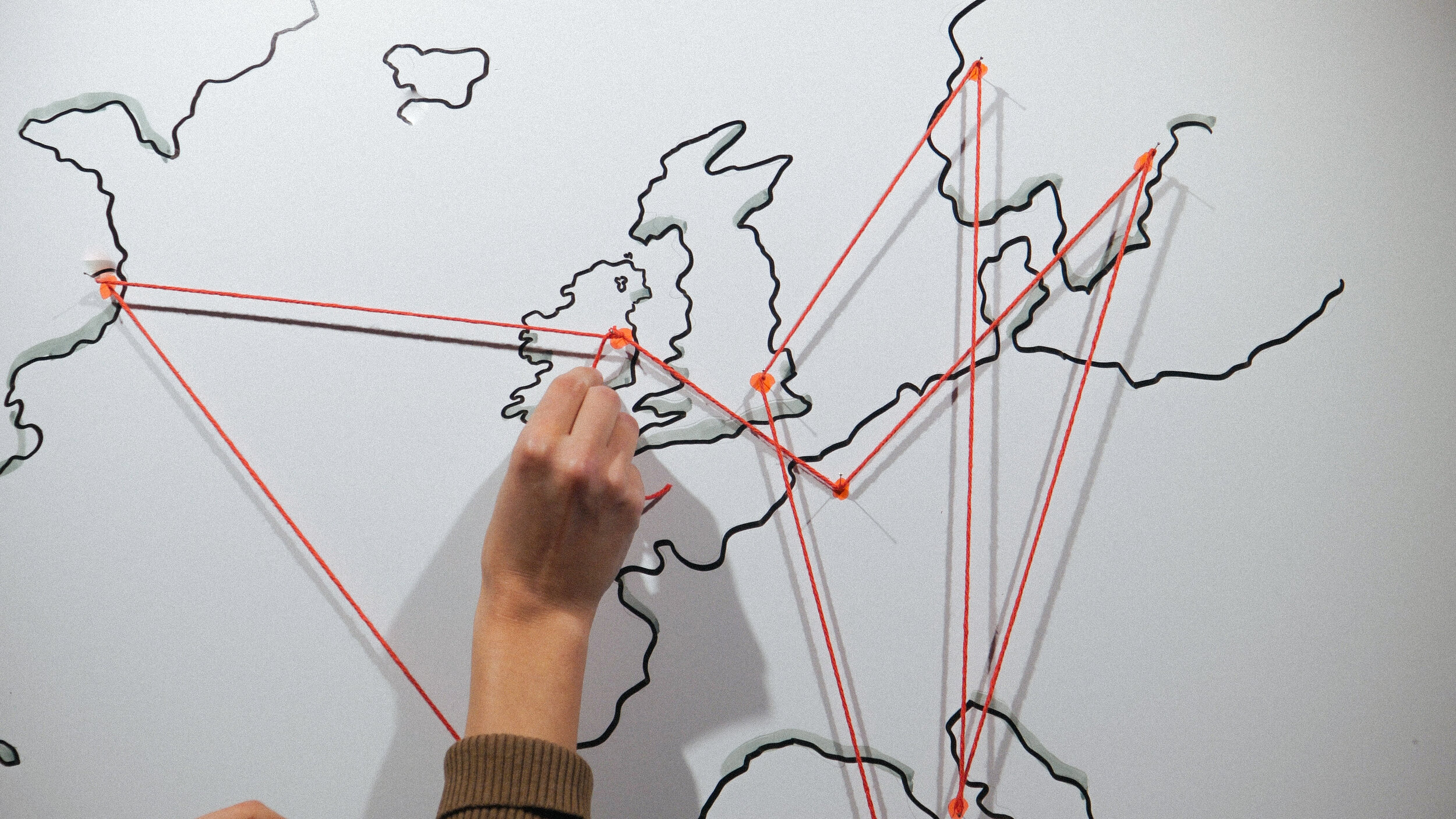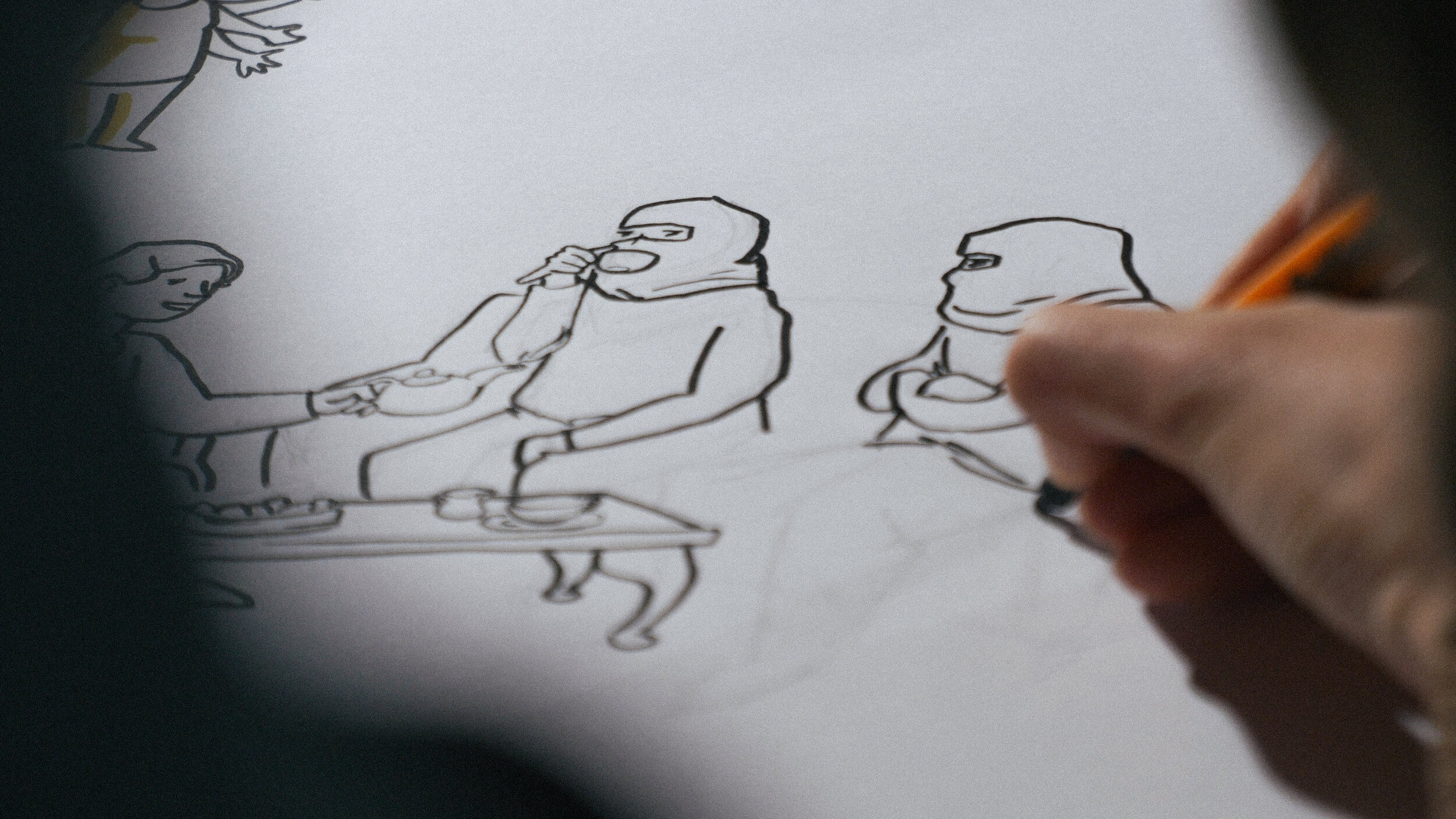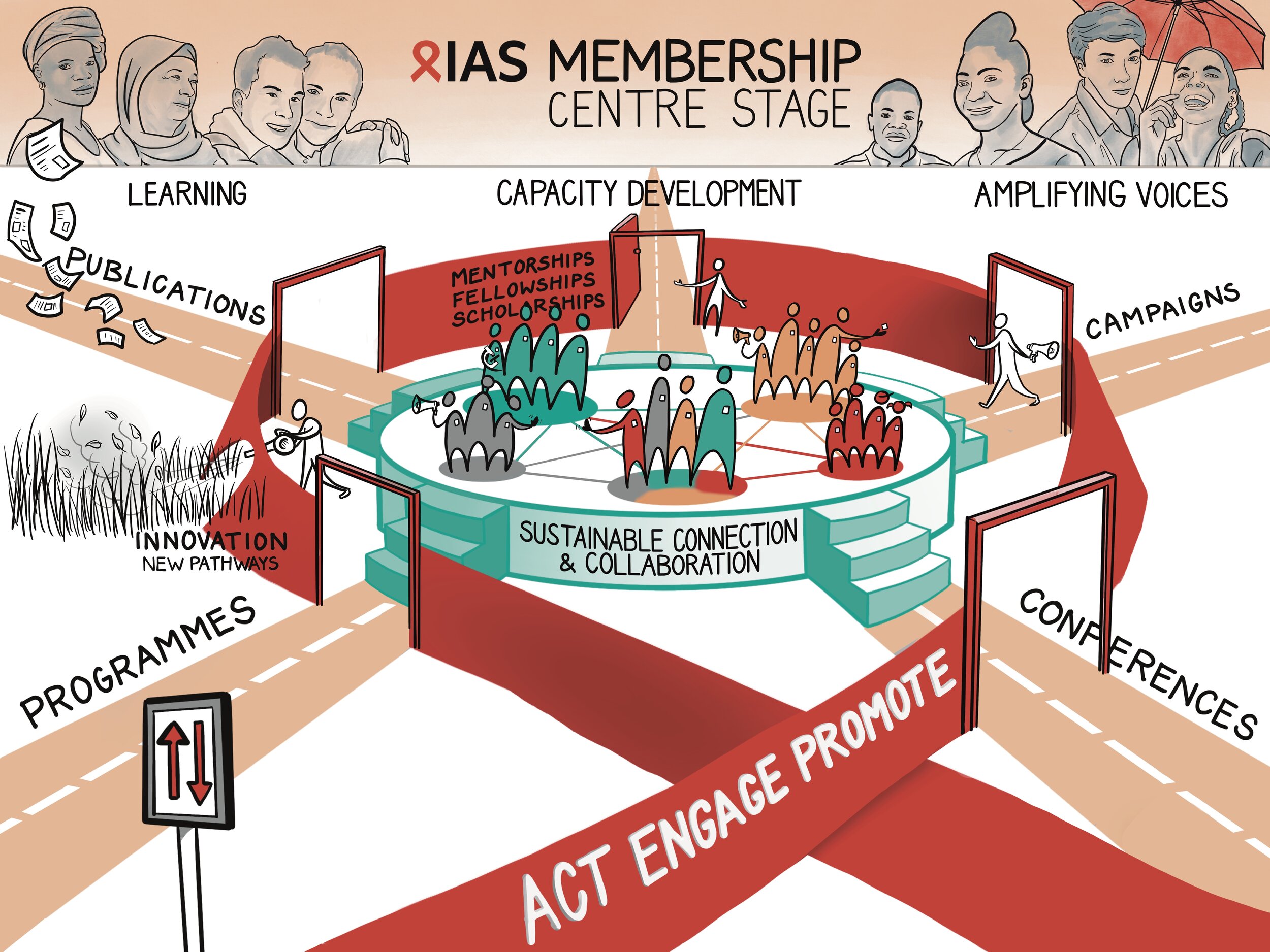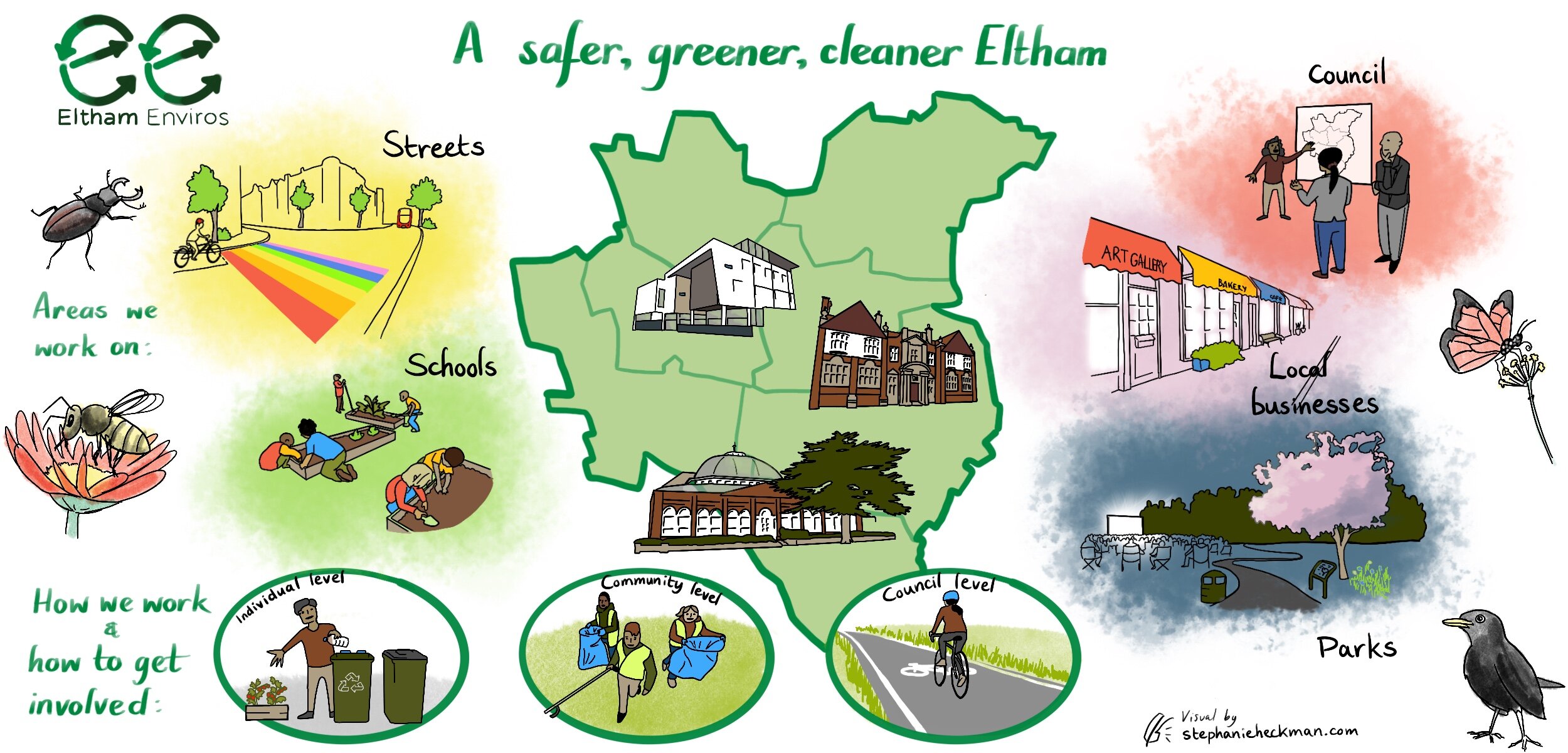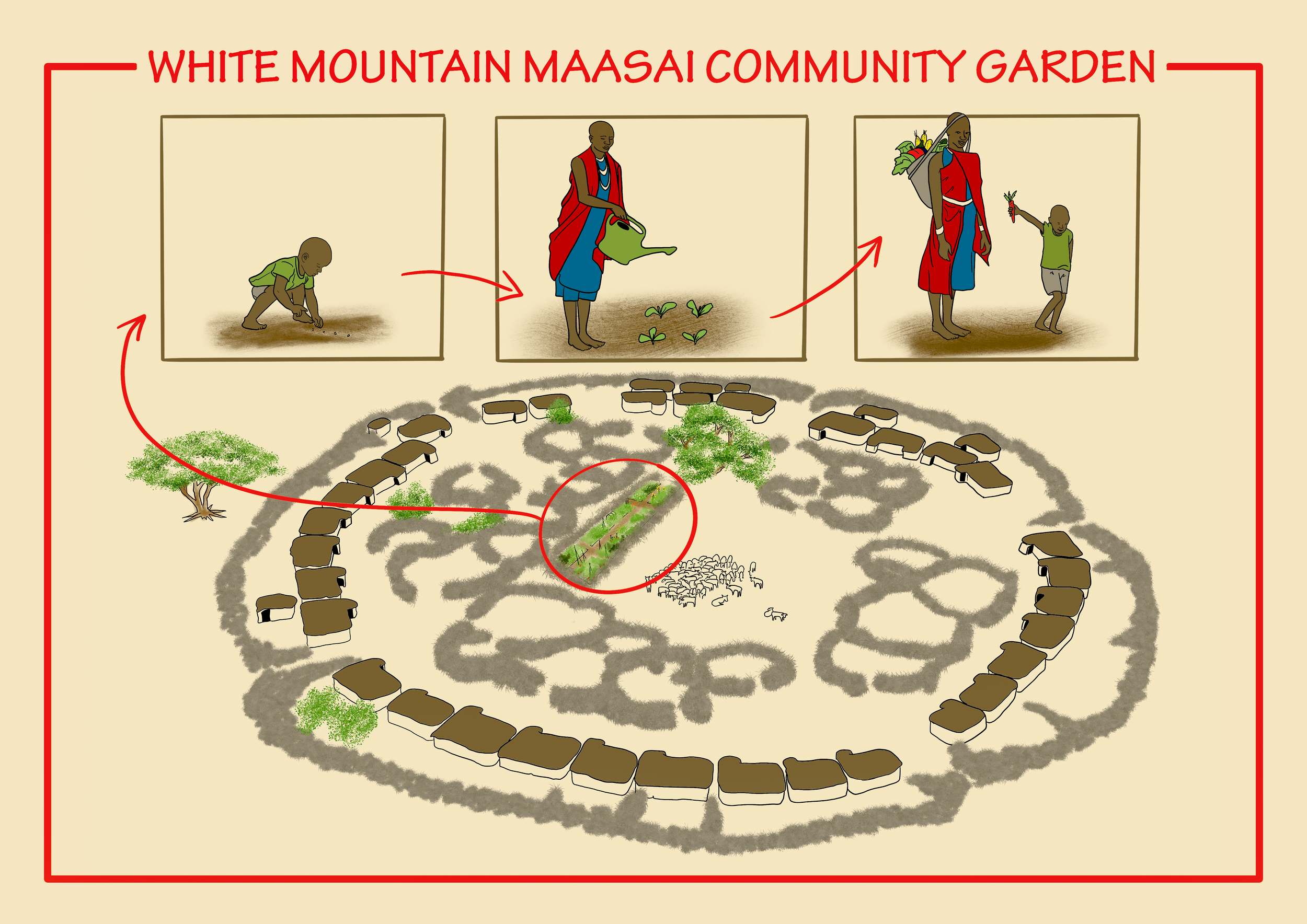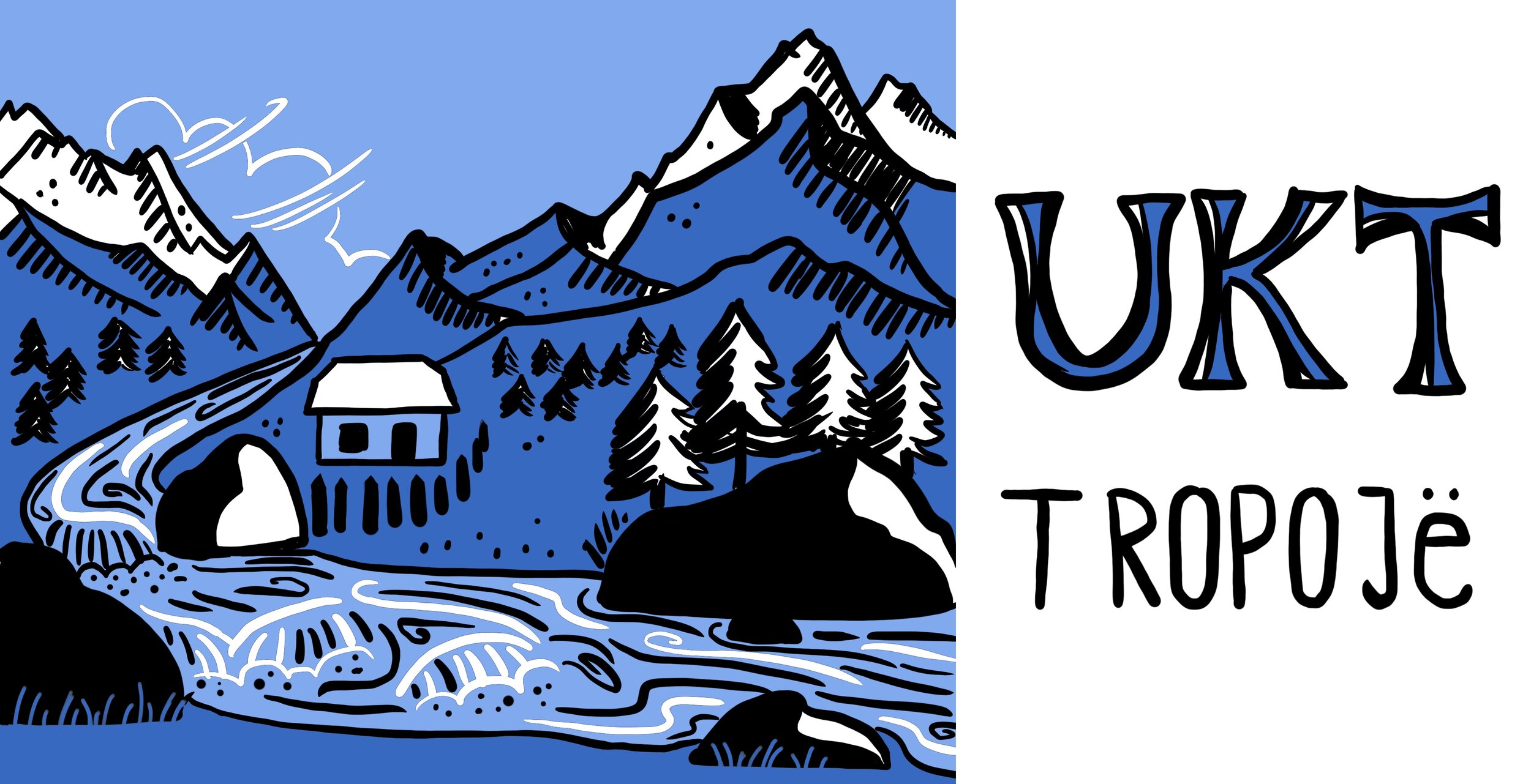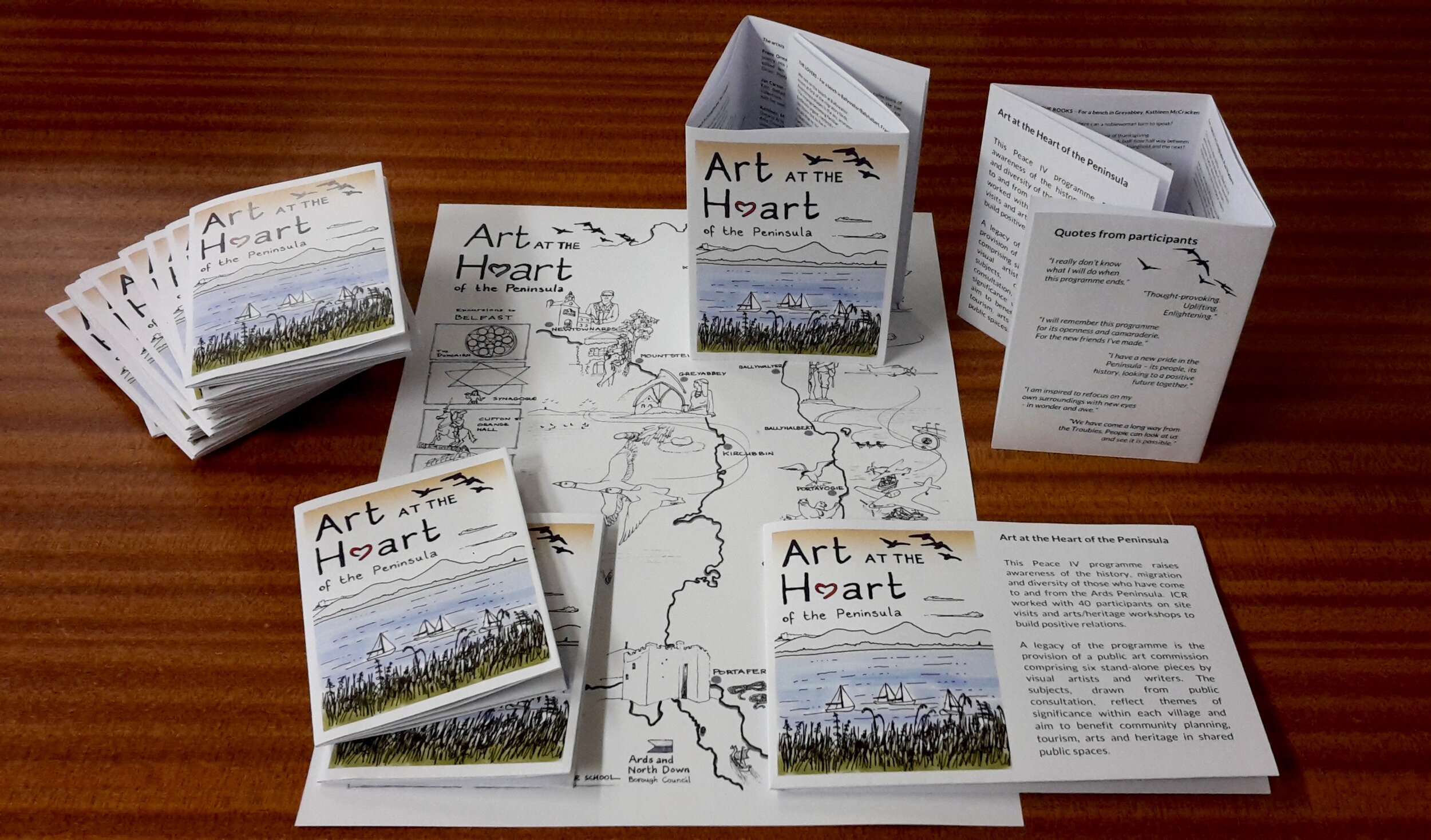Behind the Scenes – lllustrations for University College Dublin
Illustrations - enlivening publications for web or print
Words tend to pile up and confuse. This is exemplified nowhere better than in publications like reports or training manuals, or on wordy websites. Enlivening these with concise, effective visualisations makes their content more accessible and easier to retain.
To help understand what this looks like, in this article I take you behind the scenes, and step by step through the process of a unique illustration commission for University College Dublin.
Making contact – being held up a light to my own work
A challenging and engaging topic
In December 2019 I was contacted by Dr. Heidi Riley, from the School of Politics and International Relations at University College Dublin. She was conducting research on the role of women in peace mediation. More specifically; women’s crucial contributions to grassroots peacebuilding, but underrepresentation higher up in formal peace negotiations. This research project was preceded by a 2018 expert level roundtable on the topic at Trinity College Dublin, organised by the Conflict Resolution Unit in the Department of Foreign Affairs, and the promotion of women in mediation becoming a key area in the UN led Women, Peace and Security agenda. The aim of the research was to document this disparity, and, given the experience of women in peacebuilding on the island of Ireland, develop a consortium for the promotion of women in peace mediation. I felt honoured to be reached out to for recognition of my work as an example of arts-based mediative practice on the island.
Excerpt of my strategic focus areas for 2020
Considering that the starting point for my professional (and social) network on the island of Ireland was the Corrymeela Centre for peace and reconciliation where I lived the first year I was here, it’s little wonder that over half of my projects since 2018 have been in direct support of peace and reconciliation efforts on the island. Yet it wasn’t until this invitation that I looked back and realised this. Over the past two years of visual practice I’ve come alongside all kinds of projects and programmes to translate complex conversations into imagery: programmes in community development, improvement of race relations, mediation training programmes and dialogue residentials between young people from conflict zones.
This new awareness of peace & reconciliation as a clear theme in my portfolio of projects, led me to commit to ‘empowerment of women’ and ‘leadership development’ as dedicated areas of focus for my work in 2020 when I sat down for my annual strategy session that January. Working on a freelance basis, dipping in and out of many projects, can at times lead to feeling adrift and directionless. This commitment to focus areas serves as a reminder to ensure I not only prioritise contributing to projects that inspire me, but to intentionally grow areas of specialisation in my visual practice.
Visual practice and peace building
People speak in visual language more than they often realise, in the form of analogies, memories, metaphors, and symbols. Humans are adept at ‘loading’ such visual language with layers and layers of meaning. That is why, when copying down the scenes and images people paint with their words, albeit through my own subjective filter, the resulting images can function as powerful mirrors: illuminating, and sometimes confronting. In the context of mediative practice, where there are obstacles to mutual understanding, imagery can sometimes convey meaning better than words. In addition, they hold people accountable to the power of their own language – their verbal, emotional, implied, and body language.
The societal nervous system triggering and survival-mode responses we’re seeing with the descent of COVID-19, amongst the rise of inflammatory demagogues and a worsening climate and biodiversity crisis, make it painfully clear how much we'll need skillful mediative practice in the coming unknowns of time. To understand our biological response to shocks and stresses, and regain our composure; to open ourselves for deep listening to each other in times of tension and separation, and restitch the fraying fabric of community. In such times, women are the weavers.
Planning for a blank canvas
The day itself – into the studio
The invitation led to two joyful months of collaboration with Dr. Riley and Laura Sheeran, a Dublin-based videographer, producing a short film featuring interviews with seven women mediators from across the island of Ireland, as well as my artistic process of weaving together their words through illustrations.
The process of drawing in a studio, rather than a live setting – in this case in a darkened UCD classroom with storm ‘Jorge’ raging outside – presented the opportunity to experiment with some new approaches to visualisation. Breaking free from the constraints on marker of paper, I used red yarn to illustrate the connections between partners of the intended Consortium on a hand-drawn map. I had also just returned from a training course in hand lettering with American graphic recorder and lettering artist Heather Martinez, and took the opportunity to practice my new letterform of choice, Insular Uncial – the script also used in the 8th century Book of Kells. With the slower pace, I was able to hone in on more detailed illustrations of little stories from the interviews, like the Northern Irish Troubles story of a female peace builder (Mary Montague, now the European representative for Mediators Beyond Borders) reaching out to the armed groups in her area, who, when invited for sensitive conversation, kept their balaclavas on even as they were offered tea.
I took high resolution photographs of the illustrations to digitalise them in my home studio, and left the originals with Dr. Riley to present them at the conference a few weeks later.
Illustrations used in the film, and a graphic recording of the day
Post-production – Legacy of the images
The film was debuted during the research project's conference at the Irish Human Rights & Equality Commission in Dublin, where I also graphically recorded the speakers and ensuing roundtable discussion – no less than a day before the South of Ireland went into COVID-19 lockdown. The short film accompanied a research report, which sported the same images from the film as illustrations to accompany the text.
The project remains one of my favourites from 2020 – a great combination of very enjoyable collaboration, the novelty of a new medium, creative freedom to try new styles, and content of personal interest to me.
Excerpt from the research report
Tweet from Ireland’s Department of Foreign Affairs and Trade
Dr. Riley’s research film, ‘Women's Voices, Building Networks: Voices of women in peace mediation on the island of Ireland’, featuring my illustrations and process.
“We have been so lucky to work with Stéphanie on this project. Our film would not have been the same without her clear thinking and incredible artistic talent, creating visuals that clearly portrayed each key point we sought to highlight and skillfully brought together to illustrate the major themes. Her ability to quickly visualise the presentations and discussions of our final workshop was invaluable in reflecting on the diverse opinions, and allowed for the consolidation of perspectives beyond what can be portrayed in a written report.
Not only is Stéphanie an incredible creative, but she is also a fantastic person to work with, lots of fun and laughs throughout the whole process!”
A selection of other commissioned illustrations






